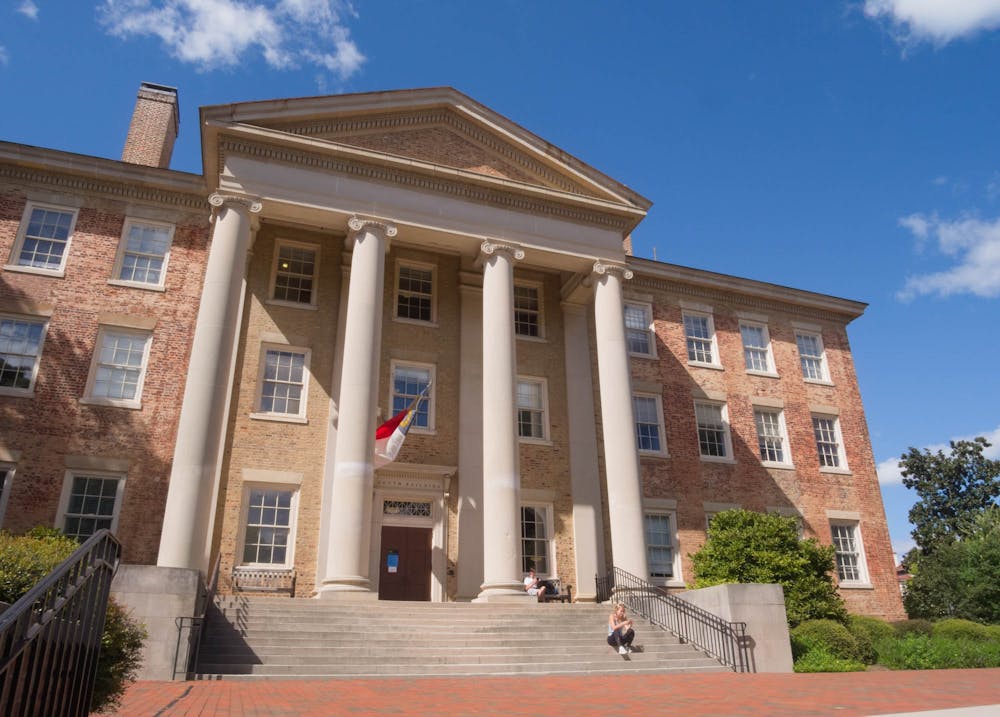Two of UNC's major communications officials, Vice Chancellor for Communications Joel Curran and Director of Media Relations Joanne Peters Denny, announced within about two weeks of each other that they are leaving the University.
Curran will become the vice president of public affairs and communications at the University of Notre Dame after eight years at UNC. Peters Denny is leaving her role after five years, and according to UNC Media Relations, she is planning to join a top, global communications agency and return to working in health.
Media Relations told The Daily Tar Heel in an email that the timing was coincidental.
But their departures create an immediate gap in the communication of information to the campus community. It also gives us an opportunity to reflect on UNC’s lack of transparency over the last decade.
While Curran and Peters Denny are not to blame for the University’s culture of opacity, they certainly contributed to it.
Under their leadership, University Communications has enhanced its overall content offerings across all platforms, launched numerous websites, opened the UNC Visitor's Center, streamlined the public records process and drove engagement with constituents. However, this was not achieved without questionable actions from both leaders.
Curran criticized a DTH article last fall as “a fine example of clickbait journalism,” and Peters Denny called student leaders' efforts to speak to the University "publicity stunts." These examples display the type of antagonism University communications officials had with campus community members and the media for close to a decade.
The job of a communications officer should be to facilitate the flow of information between the media and the public. This means answering the questions of the media and the public, rather than gatekeeping records and information.
The murky communications of the University have only exacerbated this issue. Last year, UNC was ordered by the North Carolina Supreme Court to release the disciplinary records for individuals found responsible for rape, sexual assault or related acts of sexual misconduct, four years after the DTH Media Corp filed its initial lawsuit. The University later filed for the case to be reviewed by the U.S. Supreme Court. At the time, Curran argued against releasing the records because he wanted to protect the privacy of students.



